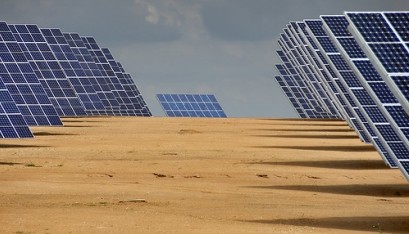
An impressive 28 GW of solar PV capacity is installed in Europe – enough to meet the electricity demand of approximately 10 million households – but with feed-in tariffs being slashed across the continent, the speed at which future PV installations are rolled out is set to drop as investors reconsider and recalculate their ROI.
This means now more than ever, the European solar developers and EPCs have to focus their efforts into harvesting every kilowatt-hour possible to drive investor confidence, but more importantly to optimise plant output.
Yet, according to market intelligence provider, PV Insider, balance of systems (BoS) has “barely earned a second glance”. However, these components account for slightly more than 50% of the cost of a total system. More significantly, BoS components offer a largely untapped opportunity to improve the levelized cost of electricity (LCOE) for solar plants.
Actually ensuring the plant performs as expected and within budget is an engineering challenge that poses many difficult design questions. Any slight miscalculation in LCOE dramatically impacts the bottom line, and in a market where every cent counts developers could soon be running unprofitable plants.
Also the reassurance of buying cheap modules for quick cost reductions is no longer an option with market prices stabilizing, and with poor quality products running the risk of lower efficiency. “That’s why intelligent balance of system engineering is pivotal in squeezing out those key efficiency gains that could drive plant efficiency,” says PV Insider.
Whether it be poor component selection, flawed plant layout, costly wire design or badly executed O&M, balance of system engineering done inadequately costs time, money and output. The European’s experience and more mature solar farm market means leading companies such as 9REN, Phoenix Solar, Juwi, and Gehrlicher hold valuable information and have hundreds of MW experience in plant optimisation.
For the PV industry to continue growing its GW capacity it is critical for the PV players to have an effective strategy in order to prevent lower efficiencies, higher costs and an exceptionally high LCOE – what does this mean? “The PV industry in Europe need to stop relying on the safety net provided by feed-in tariffs and design, build and construct PV plants that are efficient and profitable,” warns PV Insider.
With this in mind, PV Insider has organised a forum at the PV Balance of Systems Conference & Expo taking place on 28 and 29 June in Berlin (Germany), where leading PV developers and EPC’s will be presenting on the key issues facing Balance of System engineering.
For additional information:

